2014 Nissan Rogue Vs Honda CR-V

With momentum on its side, the top-selling Honda CR-V is trying to repeat its sales success in 2014. But it won’t be easy because Nissan is fielding a new version of the Rogue that is seeking to steal some of that market share.
The Rogue is completely redesigned for 2014 with many key features that bring it up to the top of its segment. By focusing on key customer priorities including fuel economy, space and features, the Rogue will appeal to a broad spectrum of new car buyers.
Longer and wider, the latest generation Rogue is far more refined and better looking than the model it replaces, which Nissan still sells as the “Rogue Select.” But out with the old and in with then new, which comes with LED daytime running lights and chrome accents that look modern and eye-catching, especially in comparison to the CR-V. Now a two year old design, Honda hasn’t given the CR-V a significant refresh in terms of packaging or style. The crossover doesn’t seem to need a change, as buyers are already in love with it. After all, Honda sold almost 304,000 CR-V’s last year in the U.S. alone.
Fuel Economy or Power. Pick One
Fuel economy has become such a priority in this segment, that V6 engine options are hard to find. With a focus on saving fuel, both of these cars are only available with four-cylinder engines. The 2.4-liter four-cylinder in the Honda is more powerful, making 185-hp over the Rogue’s 170 horses. The CR-V is less thrifty though, using up about two miles more per gallon than the Nissan. Average fuel usage came in at 21 miles per gallon, a bit lower than expected, though the cold weather certainly contributed to that outcome.
In comparison, the 2.5-liter four-cylinder found in the Rogue packs less horsepower but more torque. Still, the Nissan makes the most out of the engine by pairing it to a fuel-friendly continuously variable transmission (CVT). The engine and CVT combo is a bit loud, but driven in the same conditions as the Honda, the Rogue delivered 23 mpg. Without a doubt, the CR-V’s five-speed automatic is holding the vehicle back from achieving better fuel numbers. While Honda’s engine is peppy and enthusiastic, it should be paired to a more modern transmission in order to snag a few more miles per gallon. With six-speed automatics or CVTs offered in all of the CR-V’s competitors, it’s clear that Honda needs to get with the program.
Comfort for Different Families
A fully-loaded Honda CR-V gets the added benefit of leather-trimmed seats, which are supportive and premium feeling. It also offers better visibility from the driver seat than the Rogue, although Nissan’s product offers more first row space.
The Rogue doesn’t offer leather seating in its mid-level SV trim, but is available with more seats than the CR-V. The optional family package adds a third-row, raising the maximum passenger count to seven. That doesn’t just give the Rogue a leg up in this comparison, but against most of the other products it competes with in general.
Despite having fewer seats, the CR-V offers more second-row head and leg room, which might come in handy more often than the Rogue’s once-in-a-while third row.
Also, if cargo space rather than seats is the determining factor for owning a crossover, the CR-V edges the Rogue out with 37.2 cubic feet of storage behind its passengers, compared to 32 behind the Nissan’s second row. The CR-V also has some added touches like a storage bin between the front and rear passengers – perfect as a communal cubby for family trips.
The two cars behave similarly on the road, offering car-like ride quality and handling. The CR-V is a bit lighter and stiffer, which contributes to a less comfortable feel on less than perfect roads. The Rogue is far more compliant and composed on rougher roads. Although both cars are fitted with the optional all-wheel drive system, the Nissan gets bonus points over the CR-V for having an all-wheel drive system with a 4×4 lock mode, which powers the all four wheels constantly instead of focusing on the front until slip is detected.
Price and Features
When it comes to features and value, the Rogue gets another win on its side. Thanks to the Premium Package, the car gets navigation, lane-departure warning, blind-spot warning, power lift gate and a surround view camera system that gives drivers a birds-eye view while parking.
Mid-level SV models, like the one tested get dual-zone automatic climate control and push-button ignition. This model was also outfitted with the optional third-row, but customers looking to save some money and get three rows on a budget can also choose to get the same package on even the lowly front-wheel drive S model.
Compare Specs
| Vehicle | 2014 Nissan Rogue | Advantage | 2014 Honda CR-V |
|---|---|---|---|
| Engine | 2.5-liter inline-four | - | 2.4-liter inline four |
| Horsepower | 170 | CR-V | 185 |
| Torque | 175 | Rogue | 163 |
| Transmission | CVT | Rogue | Five Speed Auto |
| Fuel Economy | 25 mpg city, 32 mpg highway | Rogue | 22 city mpg, 30 mpg highway |
| As Tested | 23 mpg | Rogue | 21 mpg |
| Second Row Head Room | 36.6 | CR-V | 38.6 |
| Second Row Leg Room | 37.9 | CR-V | 38.3 |
| Cargo Space | 70 | CR-V | 70.9 |
| Base Price | $23,350 | Rogue | $23,775 |
| As Tested Price | $28,800 | Rogue | $31,275 |
Looking at these vehicles as fully loaded offerings, the Rogue is $995 more expensive. With 18-inch alloys, a third row of seating and a huge panoramic sunroof, the Rogue outclasses the CR-V with features that aren’t even available in the highest trim CR-V.
Even in the range topping EX-L model, the CR-V’s features are a bit lacking. The Honda doesn’t have a single driving aid comparable to the Nissan offering. The moon roof, heated seats and leather upholstery are nice but not game-changing, allowing Nissan to take the overall value win.
The Verdict
Despite its strongest year of sales, the CR-V is already starting to look outdated and ill equipped. Its five-speed automatic and lack of driver aids is a serious shortcoming compared to the fresher and more versatile Rogue. With a focus on fuel-economy, features and flexibility, the Rogue clearly takes the win in this comparison.
2014 Nissan Rogue, 2014 Honda CR-V
LOVE IT
- Fuel Economy
- Seven Seats
- Features for the price
- Engine power
- Cargo Space
LEAVE IT
- No leather in mid-grade trim
- Loud
- Less Cargo Space
- Fewer features
- Less fuel efficient
- Ride quality

Sami has an unquenchable thirst for car knowledge and has been at AutoGuide for the past six years. He has a degree in journalism and media studies from the University of Guelph-Humber in Toronto and has won multiple journalism awards from the Automotive Journalist Association of Canada. Sami is also on the jury for the World Car Awards.
More by Sami Haj-Assaad
















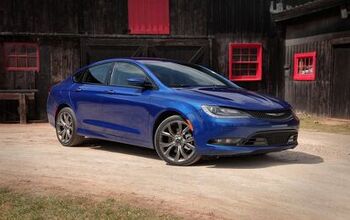
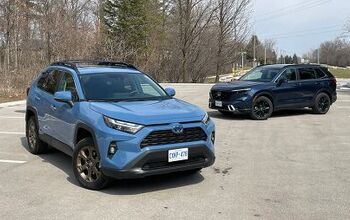

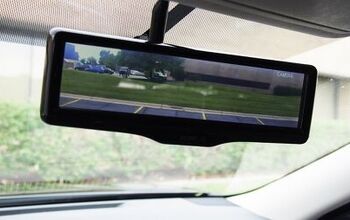
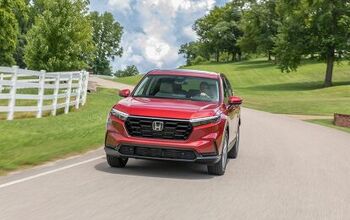
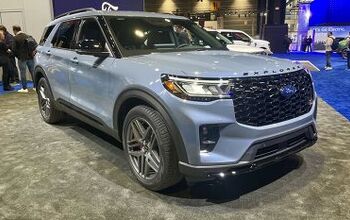
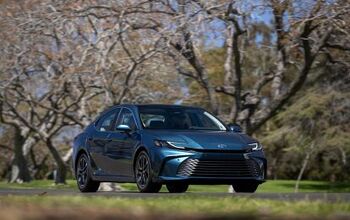

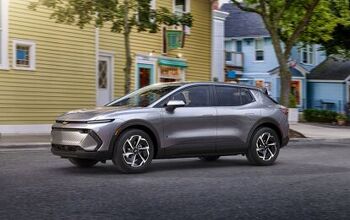

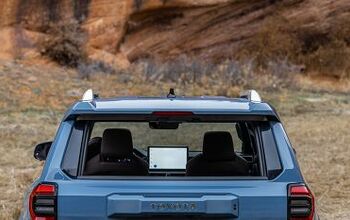
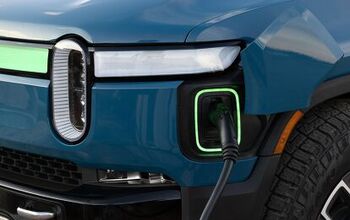
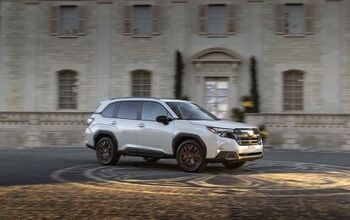

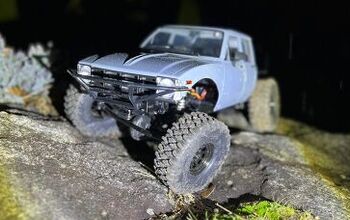
Comments
Join the conversation